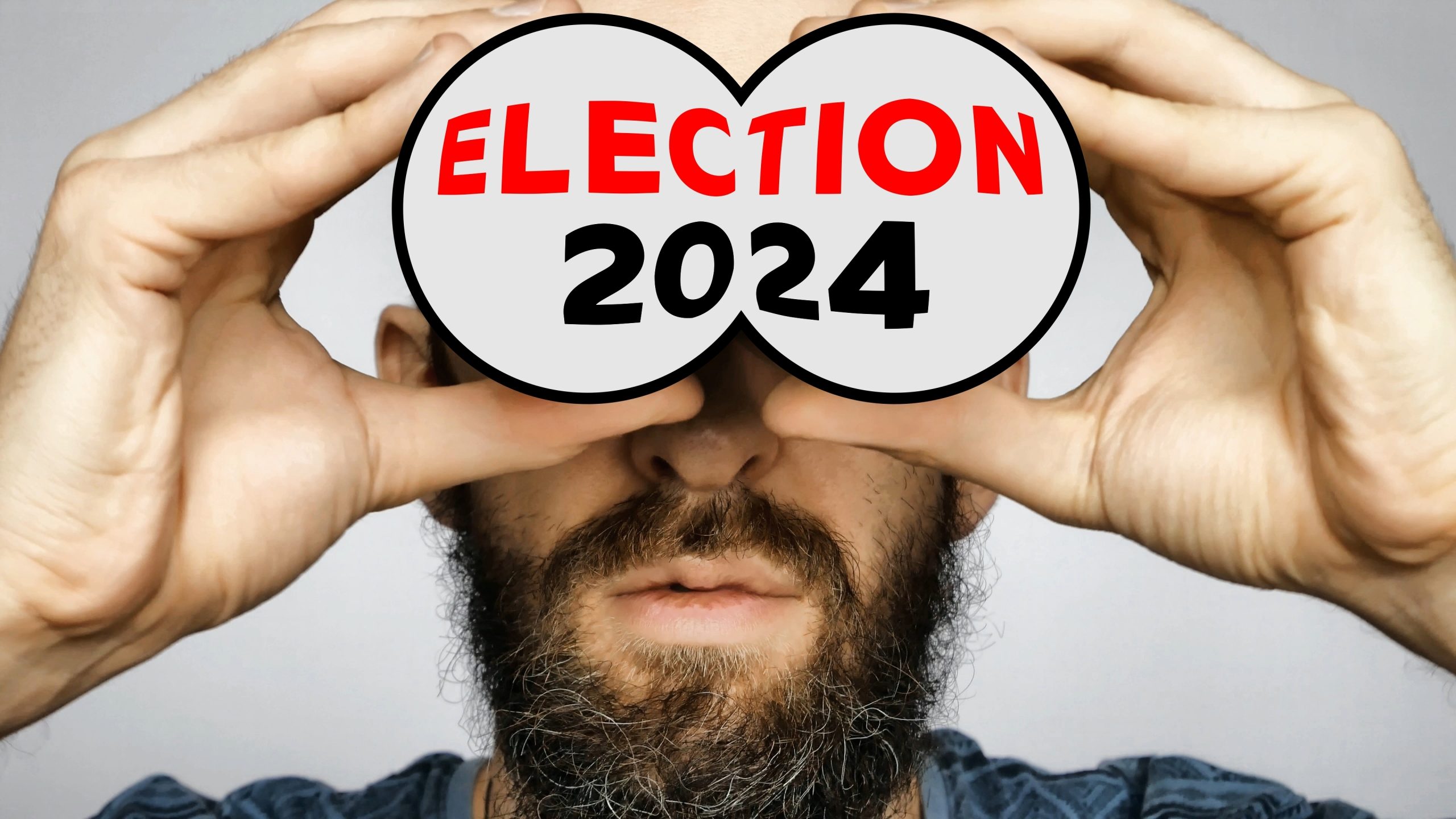The Inside Word

Queensland’s political shifts: Trends to watch
No election outcome is ever a permanent statement on the future of politics. Both the major parties will form future governments, the support of minor parties will ebb and flow depending on electoral circumstances, and the issues that dominated this campaign could easily fade out of existence at the next poll in 2028.
However, below are a few key insights that can be expected to shape future elections both in Queensland and nationally.
Benefit of MP incumbency
Despite a change of government, a number of Labor MPs seem to have bucked the statewide swing and have managed to hang on. In Mansfield and Cooper, Labor has fended off both the LNP and Greens respectively. At the time of writing, Labor has won in Bundaberg despite local MP Tom Smith only winning the seat by a minuscule 9 votes at the previous election.
Incumbency is powerful. A sitting MP usually gets around a three-year head start on competitor candidates, providing a huge opportunity to entrench themselves in their local community. On top of that, an incumbent has the resources of an electorate office, whereas even a major party candidate running against them is relying on volunteers and is usually juggling a separate full-time job.
How marginal seat LNP MPs perform in their respective local communities over the next four years will likely have a material effect on the next election. Both their own and, by extension, David Crisafulli’s re-election campaigns have already begun.
Greens vote
The Greens have lost a seat, potentially held a seat, and failed to even come close to picking up the few seats they were targeting. Party operatives were quick to point out that their vote has pretty much stayed the same from four years ago (implying not a disastrous result). This is a naïve and ignorant take.
South Brisbane was clearly only won four years ago by the Greens due to LNP preferences. With the LNP opting to preference Labor in the seat this time around, it has swung back easily to the red team. But of real concern for the Greens is that their incumbent MP, Amy McMahon, has suffered a 3 per cent primary swing against her. Despite the benefits of incumbency (as outlined above) and having Greens colleagues at both Council and Federal levels in the same area, far fewer people voted ‘1 Greens’ than in 2020.
Add to the fact that areas of the South Brisbane electorate such as West End and Kurilpa are Greens heartland, and the result is an unmitigated disaster for the minor party. A haircut for the remaining Greens MP Michael Berkman in Maiwar and comfortable victories for Labor MPs Jonty Bush and Grace Grace indicate the poor Greens showing was due to broader issues rather than the quality of candidates.
Pre-poll voting
One consistent trend in Australian elections is that more and more people are voting before election day. In fact, we no longer have an ‘election day’ but an ‘election period’.
Pollsters and psephologists will debate what impact this has on the outcome of an election, but it is certainly impacting how election night results unfold. Ten years ago, votes tallied after the first hour or so on election night were generally indicative of how the rest of the night would play out. But with so many people now pre-polling, this is no longer the case.
Pre-poll tends to attract voters who are either rusted on to one political party or have firmly made up their mind at that particular election. With a mood for change, pre-poll was always going to favour the LNP. Hence, the early results on Saturday night indicated a closer than expected election, only for the LNP to pull away when pre-poll and postal votes began to be counted.
The bottom line is that, unless there is a change to the length of the pre-poll period, expect topsy-turvy election nights into the future.
Regional QLD vs Metropolitan Brisbane
There is now a sharp divide between regional Queensland and the urban locations in the south-east. With the exception of Bundaberg, Labor suffered heavy swings in heartland regional locations.
For context, Labor lost three seats – Mackay, Mulgrave and Rockhampton – that the LNP didn’t even win in the 2012 landslide. On top of this, the LNP swept Townsville, picked up seats in the Far North and now has a stranglehold on Central Queensland. Meanwhile, as noted, the Labor vote held up in seats along or near the Brisbane River as well as holding onto bellwethers such as Springwood and Gaven.
Both major parties are faced with the inverse scenario – Labor needs to win back regional voters, while the LNP has work to do in metropolitan seats. The party that manages to address this most effectively will be well placed not just at the next state election but for some time to come.


